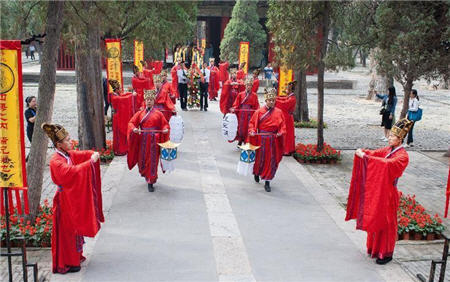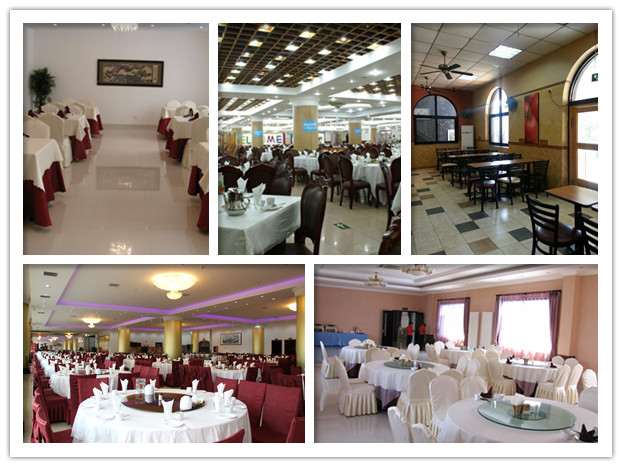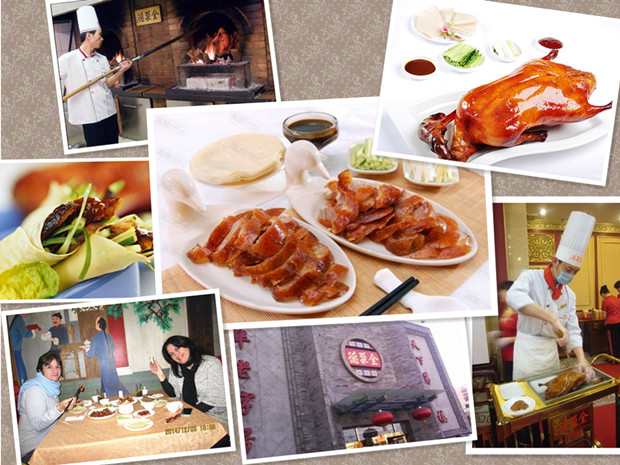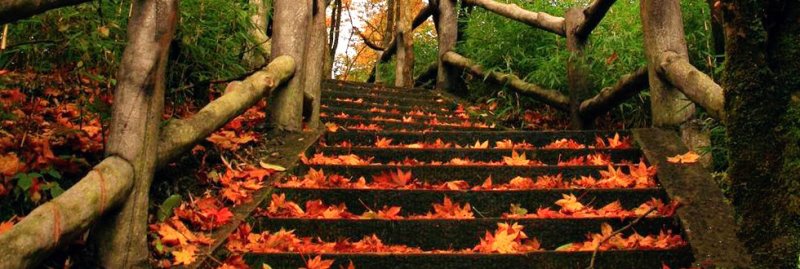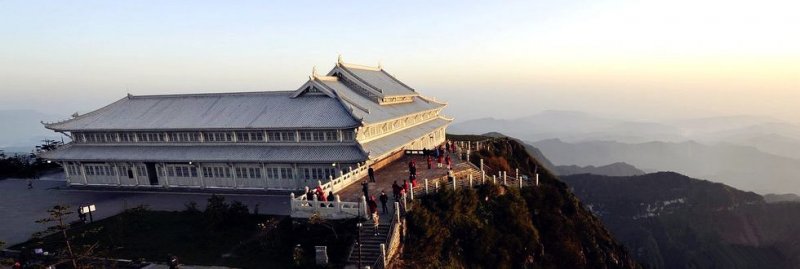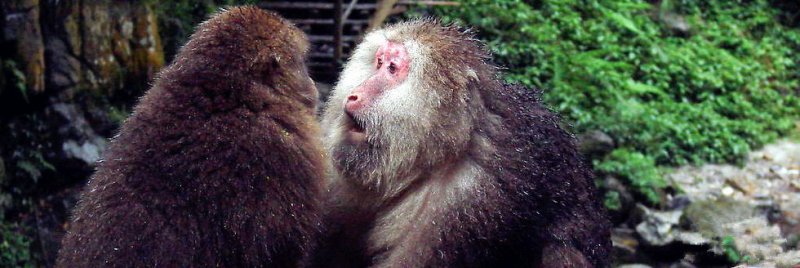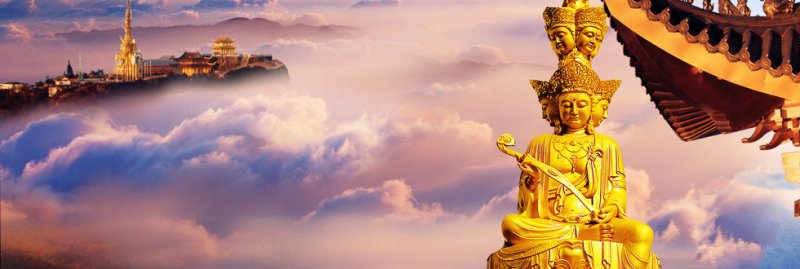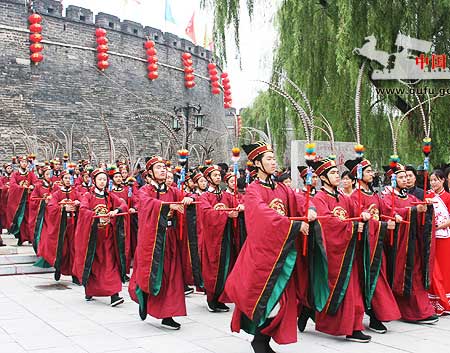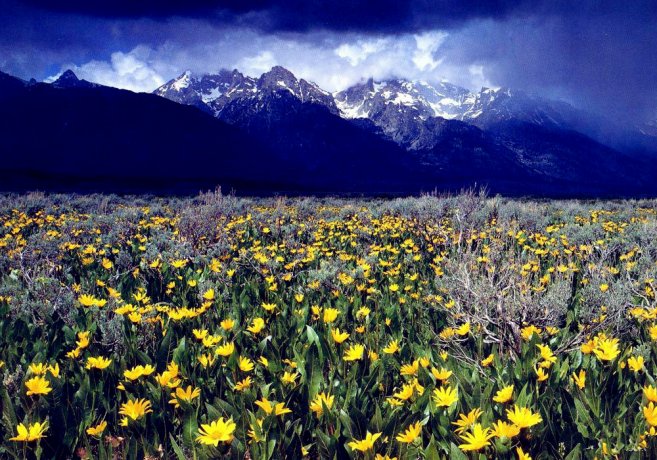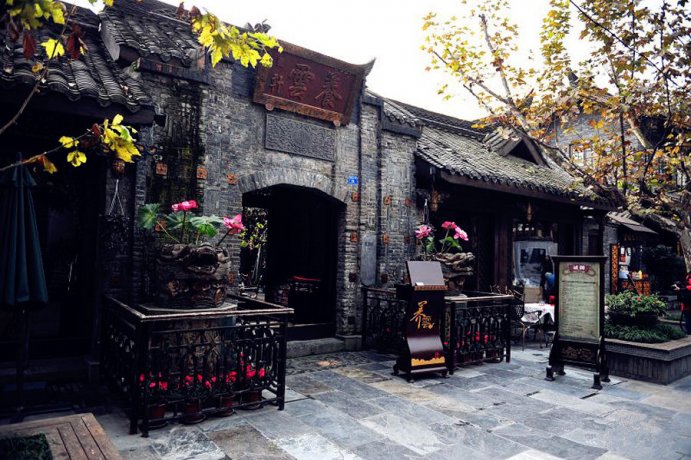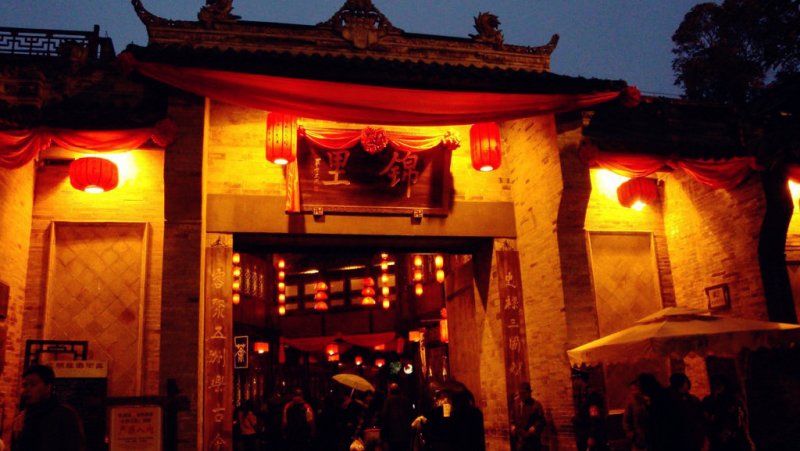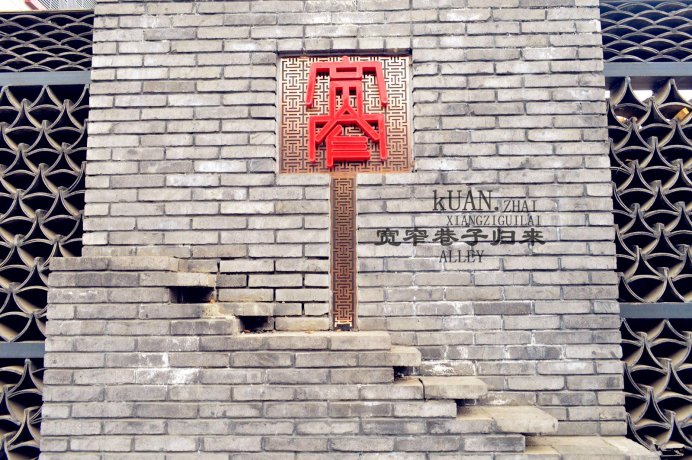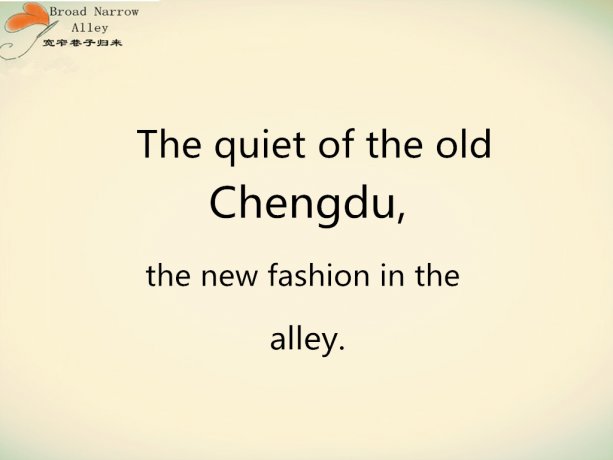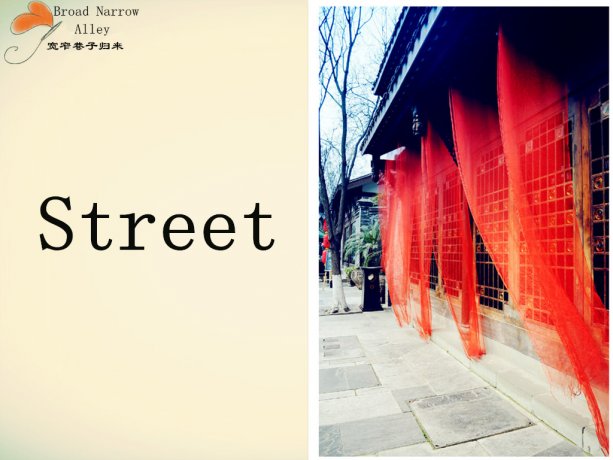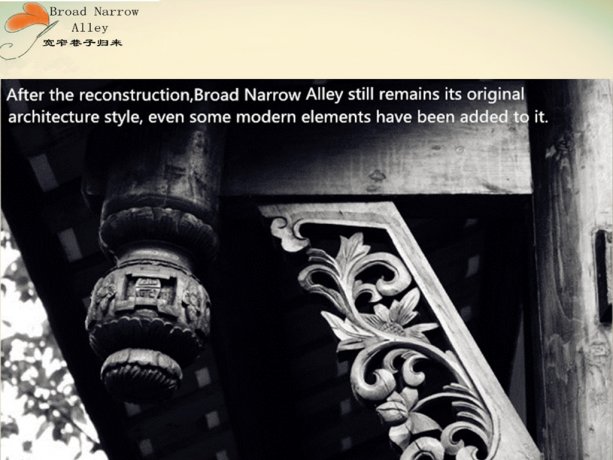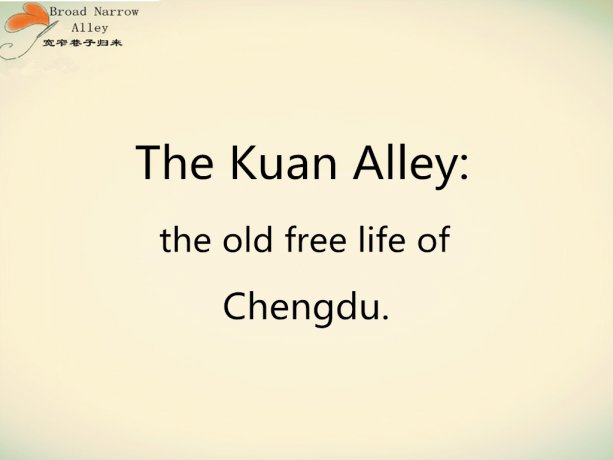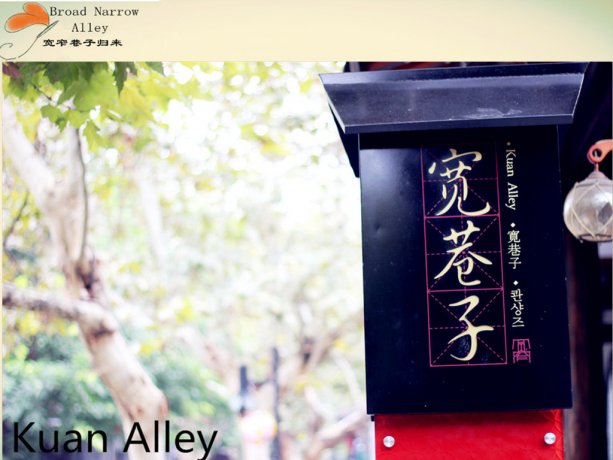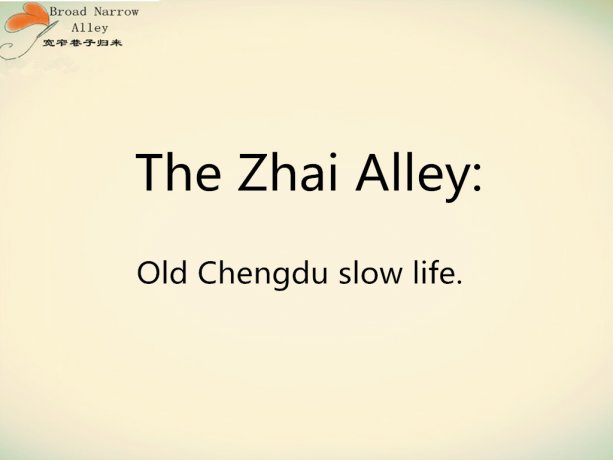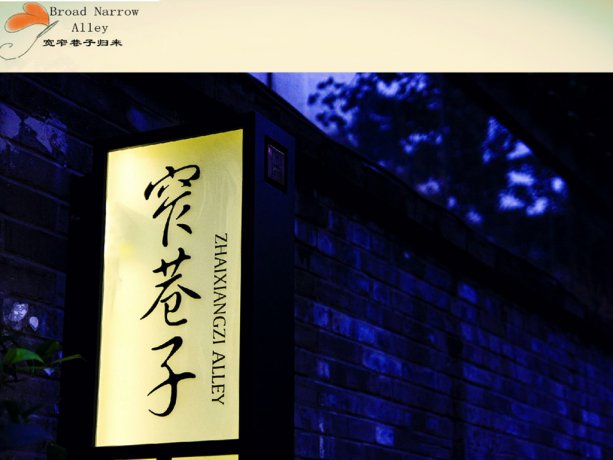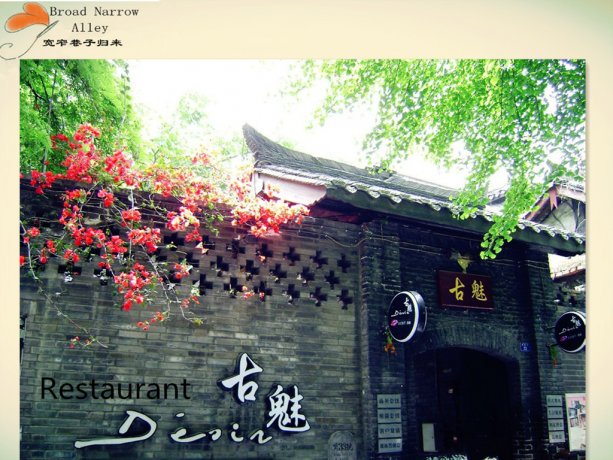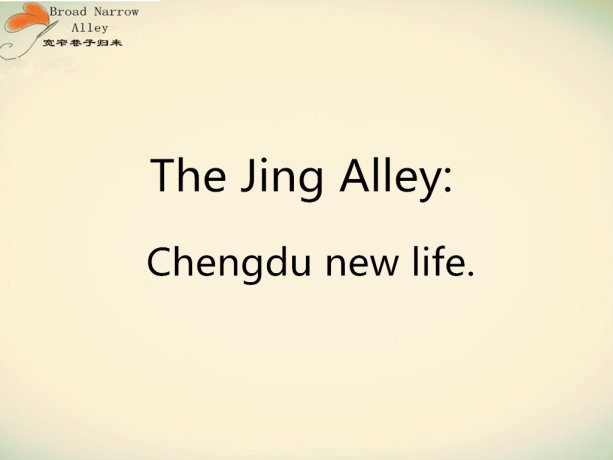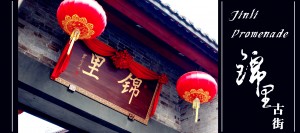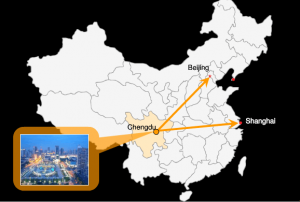Mt. Emei is located in Leshan City, Sichuan Province. It is towering, beautiful, old and mysterious. Mt. Emei is like a huge green screen standing in the southwest of the Chengdu Plain. Looking its winding and beautiful figure, you will find that it resembles an eyebrow of a girl. It is the highest one among all the famous sight-seeing mountains in China. There are four scenic regions: Baoguo Temple, Wannian Temple, Qingyin Pavilion and Golden Summit. Its main peak, the Golden Summit, is 3099 meters (about 3389 yards) above the sea level, seemingly reaching the sky. Standing on the top of it, you can enjoy the snowy mountains in the west and the vast plain in the east. In addition, there are four spectacles in Golden Summit: clouds sea, sunrise, Buddha rays and saint lamps
Emei Mountain, locked in a medieval time warp, is dotted with monasteries and temples, many of which have their histories posted for visitors. The Emei Mountain climb is filled with hundreds of views of luxuriant scenery and seemingly millions of stairs. For the traveller itching to do something active, the Emei climb is a good opportunity to observe post-1976 religious freedoms in action, with the chance to stay in the atmospheric monasteries along the trail.
Emei Mountain is one of the Middle Kingdom’s four famous Buddhist mountains. The original temple structures dated from as long ago as the advent of Buddhism itself in China; by the 14th century, the estimated 100 or so holy structures housed several thousand monks.
Unfortunately, Emei Mountain has little of its original temple-work left. Glittering Jinding (Golden Summit) Temple, with its brass titling engraved with Tibetan script, was completely gutted by fire. A similar fate befell mumerous other temples and monasteries on the mountain.
After a Cultural Revolution hiatus, around 20 temples are now active, regaining traces of their original splendour. Since 1976 the remnants have been renovated, access to the mountain has been improved, hiking paths widened, lodging added, and tourists permitted to climb to the sacred summit.
The pilgrims, tourists and hawkers that line the path on a sunny day during peak season may remove the chance of finding much solitude on the mountain but they do add to the atmosphere. The crowds hover largely around the monasteries; once away from them, the path is not lined so much with stalls as with the fir, pine and cedar trees that clothe the slopes. Lofty crags, cloud-kissing precipices, butterflies and azaleas together form a nature reserve of sorts. The mountain was added to Uneco’s list of World Heritage Sites in 1996, joining Le Mountain and Jiuzhaigou.
Baoguo(Declare Nation) Temple
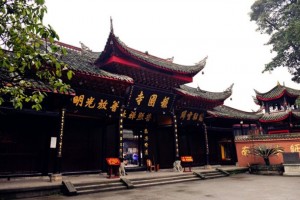
Baoguo Temple was constructed in the 16th century, enlarged in the 17th century by Emperor Kangxi and recently renovated. It’s 3.5m-high porcelain Buddha, made in 1415, is housed near the Sutra Library. To the left of the gate is a rockery for potted miniature trees and rare plants.
A museum is diagonally across the road from the monastery, around the side of the knoll.
Fuhu(Crouching Tiger) Monastery
The renovated Fuhu Monastery is sunk deep within the forest. Inside is a 7m high copper pagoda inscribed with Buddhist images and texts.
Qingyin Ge(Pure Sound pavilion)
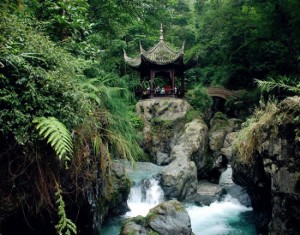
Named after the sound effects produced by rapid waters coursing around its surrounding rock formations, this temple is built on an outcrop in the middle of a fast-flowing stream.
There are several small pavilions from which to observe the waterworks and appreciate the natural music. It’s possible to swim here although the water is only likely to be warm enough during the summer months.
Wannian(Long Life) Monastery


This monastery is the oldest surviving Emei temple(reconstructed in the 9th century). It’s dedicated to the man on the white elephant, the Bodhisattva Puxian, who is the protector of the mountain. This 8.5m-high statue is dated from AD 980, cast in copper and bronze and weighs an estimated 62,000kg. If you can manage to rub the elephant’s back, good luck will be cast upon you.
The statue is housed in Brick Hall, a domed building with small stupas on it. When the temple was damaged by fire in 1945, Brick Hall was the only building left unharmed. There is also a graveyard to the rear of the temple.
Xianfeng(Magic Peak) Monastery
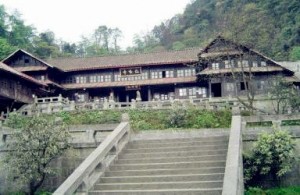
Somewhat off the beaten track, this monastery is backed by rugged cliffs, surrounded by fantastic scenery and oozing with character. The nearby Jiulao Cave is inhabited by big bats.
Elephant Bathing Pool
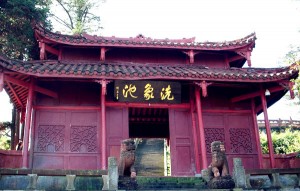
According to legend, Elephant Bathing Pool is the spot where Puxian flew his elephant in for a big scrub, but today there’s not much of a pool to speak of. Being almost at the crossroads of both major trails, the temple here is something of a hang-out and often crowded with pilgrims.
Jinding(Golden Summit) Temple
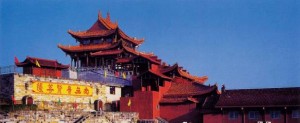
At the Golden Summit, this magnificent temple is as far as most hikers make it. It has been entirely rebuilt since being gutted by a fire several years ago. Covered with glazed tiles and surrounded by white marble balastrades, the temple now occupies 1695 sq metres. The original temple had a bronze-coated roof, which is how it got the name Jinding(which means ‘Gold Top’.
Emei Mountain
